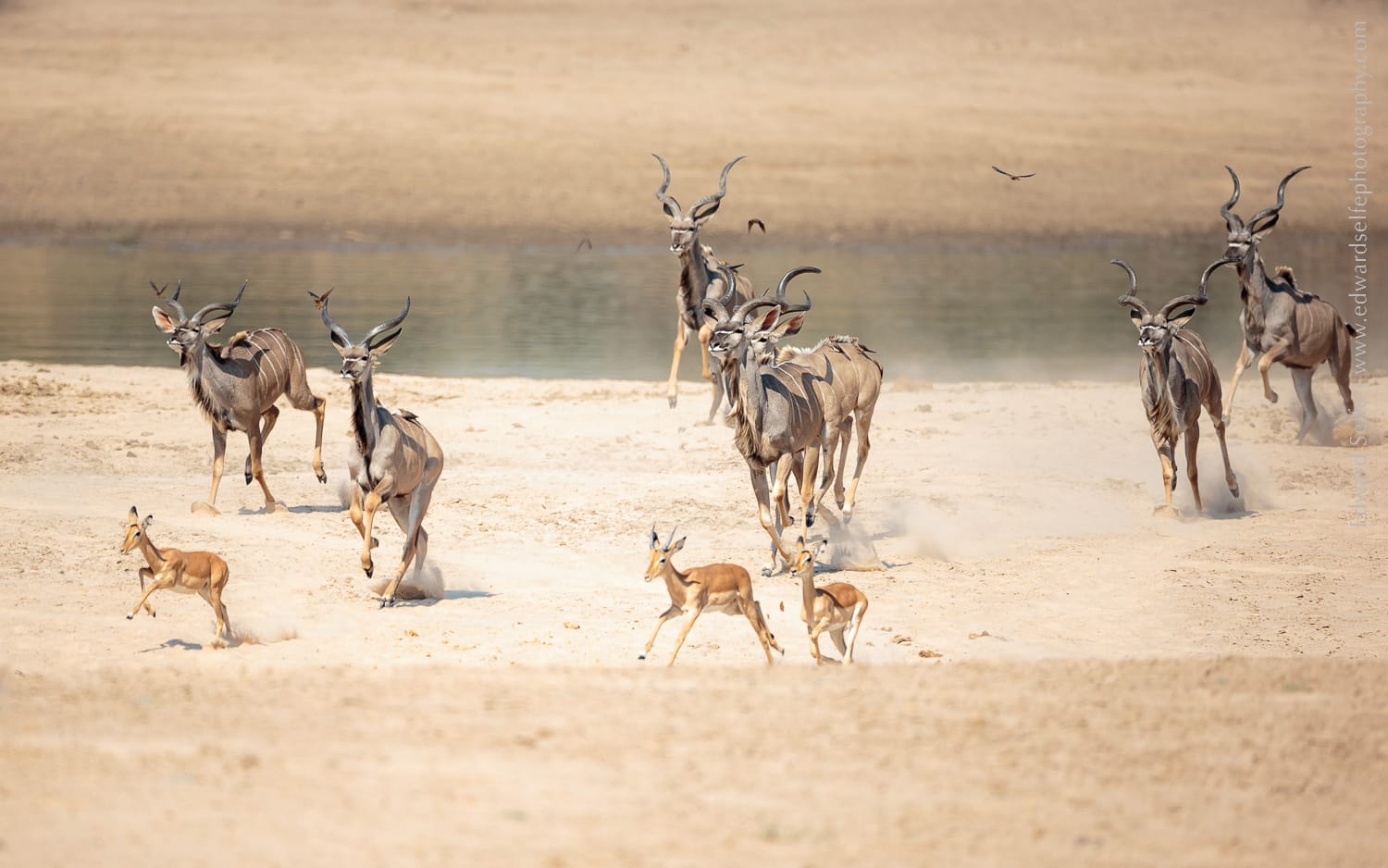
Prime lenses also tend to offer superior optical quality. Generally speaking, zoom lenses tend to be a little cheaper, but don’t offer a bright or wide aperture. You can choose between a telephoto zoom lens, or a prime telephoto lens, such as the Sigma 500mm f/4 DG OS HSM lens. Telephoto zoom lenses are the obvious choice for wildlife photographers as they allow you to get close to the action without actually having to be physically near a timid (or dangerous) animal. Add a 1.4x or 2x converter to increase the magnification (we ’ve covered these in more detail later in this guide). If you’re forced to keep your distance then a longer focal length will serve you much better, aim for somewhere around the 300mm or 400mm range. The best focal length will depend on how close you can get to your subject. When picking a wildlife lens, the first thing to think about is what focal length you want to use. Having a weather-sealed camera body is also essential, particularly if you are spending a lot of time outside whatever the weather.Ī sharp telephoto like the AF-S Nikkor 300mm f/2.8G ED VR II is an ideal choice for wildlife photography. These are specifically optimised to track wildlife subjects. One thing to be aware of is that many newer cameras have sophisticated autofocus systems with intelligent Animal and Bird modes. Something which has a quiet, or better yet, silent shutter mode is also good if you’re shooting something reasonably close in a quiet environment and don’t want to startle whatever you’re photographing.Ī fast and efficient autofocus system will help capture fast moving subjects, look for a system that has a good coverage of focus points. First up is a fast frame rate – if you’re photographing a quick moving animal, being able to shoot many frames per second (fps) is beneficial. There are a couple of other functions you might want to consider if you do a lot of wildlife photography. Nor, for that matter, will the full-frame camera itself.Ī test shot taken with the Nikon D850 and Nikon AF-S NIKKOR 180-400mm f/4E TC1.4 FL ED VR lens – an exceptional but expensive wildlife combination. You’ll just need to invest in longer lenses – or teleconverters – to get the same kind of reach, and these will not come cheap.
Best full frame dslr for wildlife photography full#
That’s not to say of course that you can’t use a full-frame camera for wildlife photography – it will produce fantastic images full of rich detail, and also make it easier to get shallow depth of field for wildlife portraits. See our guide to APS-C vs full-frame for more on this. This will apply a 1.5 or 1.6x crop, meaning a 300mm lens becomes a 450 or 480mm. You can also opt for APS-C, which is the sensor size of smaller DSLRs, as well as some mirrorless ranges like Fujifilm X or Canon EOS M. The “crop factor” means that the focal length of any lens you attach will be extended.įor example, if you use a Micro Four Thirds camera and attach a 300mm lens, the 2x crop factor means the effective focal length instantly becomes 600mm and gets you closer to the action. Obviously you’re going to need a camera – but which kind? You may be immediately drawn towards a full-frame DSLR or mirrorless camera, but for wildlife photography, there’s an advantage of using cameras with a smaller sensor.

Best kit for wildlife photography – Cameras For now though, let’s run through everything your kit bag needs for pin-sharp, perfect wildlife images. We also have a useful guide to the best budget telephoto lenses for wildlife. Want more choice? Check out our guide to the best cameras for bird photography, where we run through the cameras with specific autofocus modes for capturing birds in flight. Whether you’re building a kitbag from the ground up, or are looking for one or two upgrades, we’ve got the recommendations to help you craft your perfect wildlife setup. We’ve put together this comprehensive guide to help you find the bet kit for wildlife photography, based on our equipment-testing experience. Having the right camera and lens are a must, but preparedness also extends to accessories, bags, and even the clothes you wear.Īt AP, our team of expert photographers has collectively spent thousands of hours photographing wild animals in the UK and beyond. Unless you’re going to take pictures at the zoo, wildlife photography is going to require some specialist equipment for you to see real results.

It’s generally not something you can just turn up to with a basic setup. Wildlife is an enduringly popular subject for photographers – challenging but rewarding, requiring patience, timing and a dash of luck.

The best kit for wildlife photography makes it possible to capture all sorts of incredible imagery of the natural world.


 0 kommentar(er)
0 kommentar(er)
